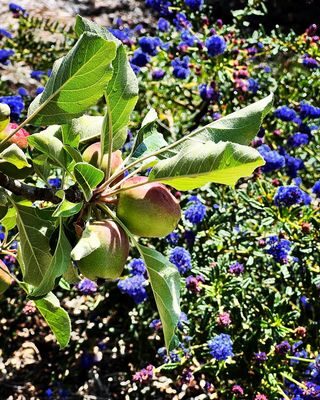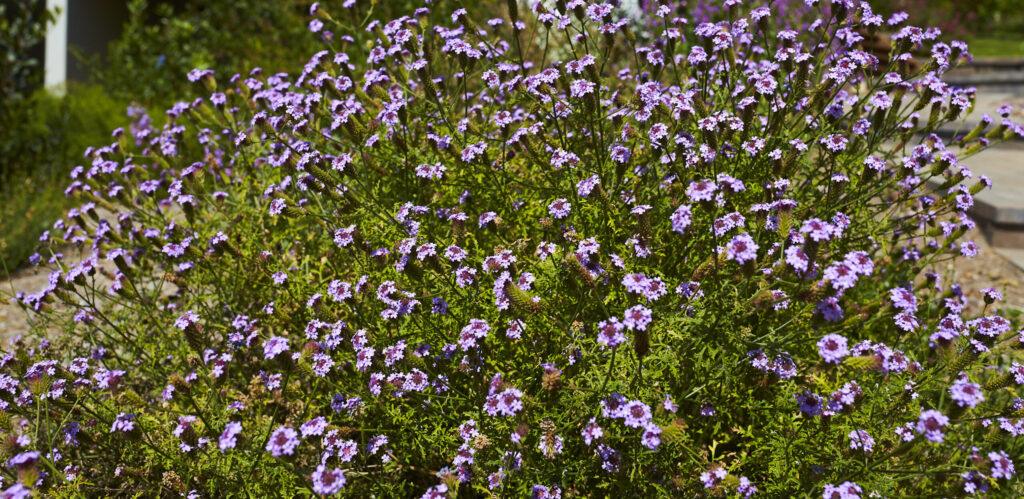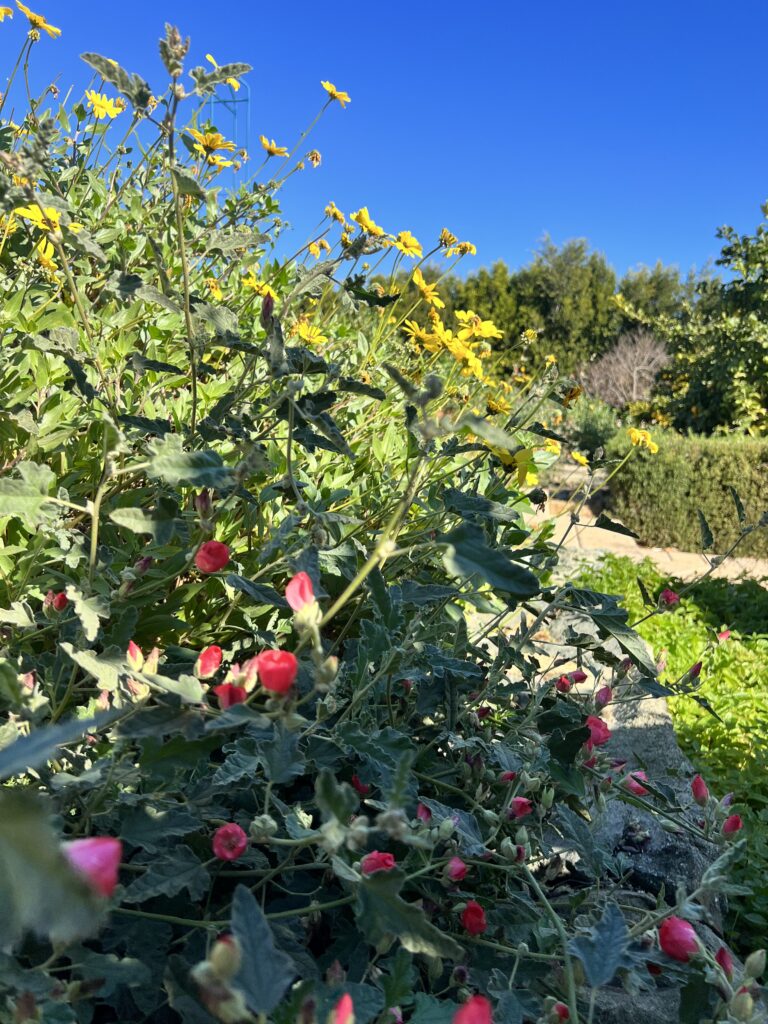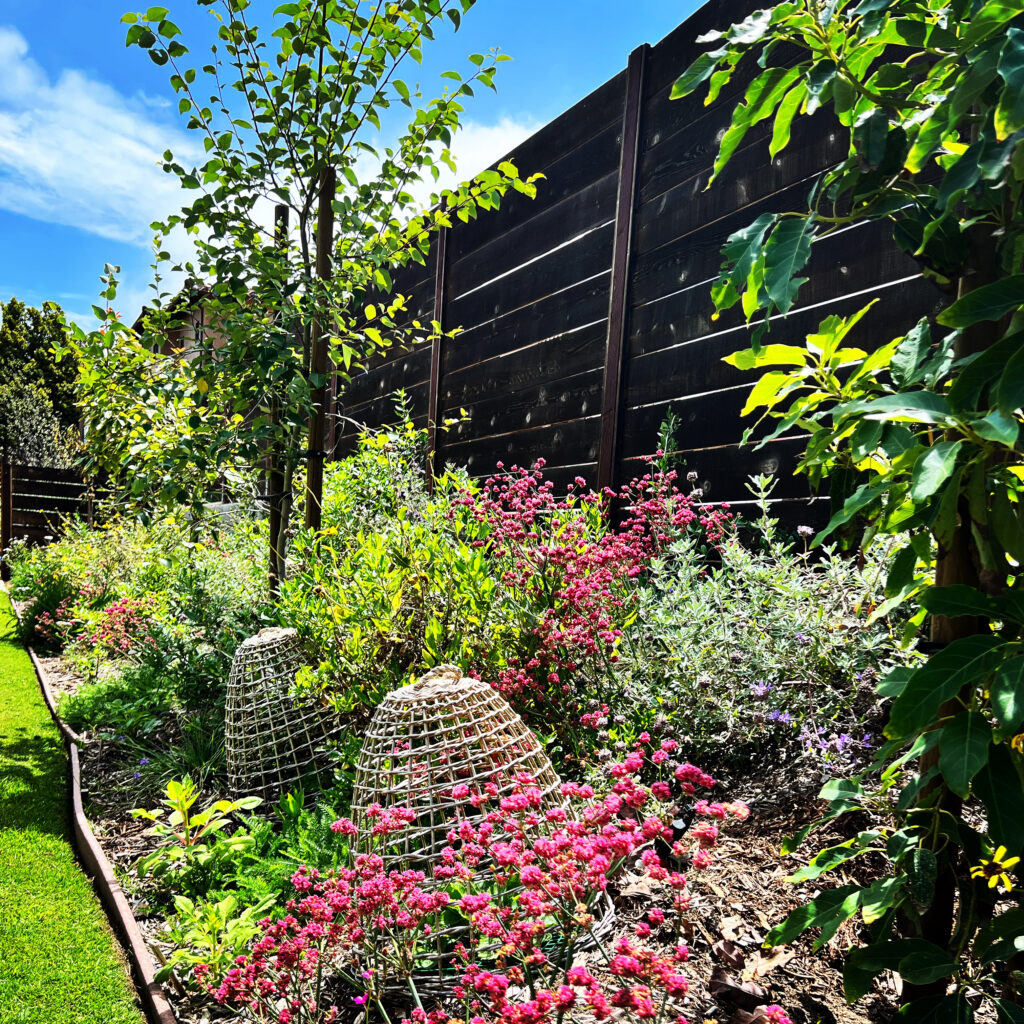
Native plants are the species that naturally occur in a region or habitat, and have evolved together with the other living organisms. Native plants are adapted to the soils, precipitation patterns, temperatures, humidity, and other physical characteristics of a specific area, requiring fewer resources. Native landscapes do require supplemental irrigation during the establishment period, but once established require minimal irrigation or none at all. Native gardens are well suited to handle drought and water restrictions versus a conventional; landscape.

They are distinguished from non-native, or introduced, plants by their unique adaptations to the environment in which they naturally occur. Native plants have evolved together with their natural physical environment over thousands of years without direct human intervention. These plants have formed and continue to form mutually beneficial relationships with the other organisms that share their habitat.

Regional native plants provide habitat for all the local birds, butterflies and pollinators. Due to development and planting of non native plant species much of our ecology is suffering and disappearing. By planting natives, eliminating the use of toxic chemicals and not using loud gas powered equipment our yards and gardens can become sanctuaries for the local ecology.🌳 🌱 💧-MunkGarden
🐝
